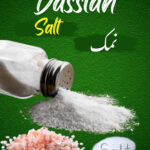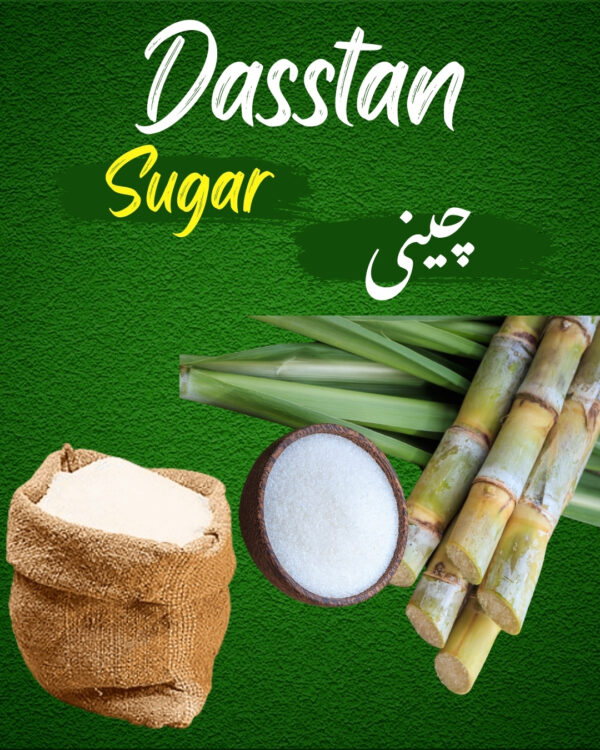Description
Sugar, a term deeply ingrained in our daily lives, encompasses a broad category of sweet-tasting, soluble carbohydrates. While often associated with the familiar white crystals in our sugar bowls, “sugar” extends to a diverse range of compounds crucial for both food and biological processes. Here’s a deeper dive:
The Science of Sugar:
- Basic Building Blocks:
- At its core, sugar refers to simple carbohydrates, known as monosaccharides. These include glucose, fructose, and galactose.
- When two monosaccharides combine, they form disaccharides, such as sucrose (glucose + fructose), lactose (glucose + galactose), and maltose (glucose + glucose).
- Sucrose: The Common Sugar:
- The most prevalent form of sugar is sucrose, extracted from sugarcane and sugar beets. This disaccharide is what we typically refer to as “table sugar.”
- Beyond Sweetness:
- Sugars serve as primary energy sources for living organisms.
- They play structural roles in plants and contribute to various biological functions.
Sugar in Food and Industry:
- Culinary Applications:
- Sugar is indispensable in baking, confectionery, and beverage production, adding sweetness, texture, and flavor.
- It acts as a preservative in jams and jellies.
- Industrial Uses:
- Beyond food, sugar finds applications in pharmaceuticals, chemicals, and other industries.
Health Considerations:
- Energy and Moderation:
- While sugar provides energy, excessive consumption can lead to health issues, including obesity, type 2 diabetes, and dental caries.
- A balanced diet emphasizes moderation in sugar intake.
- Added Sugars:
- It’s important to differentiate between naturally occurring sugars in fruits and vegetables and added sugars in processed foods and beverages.
- The food and drug administration has defined added sugars, and that definition has helped to better understand how much sugar is being added to processed foods.








Reviews
There are no reviews yet.